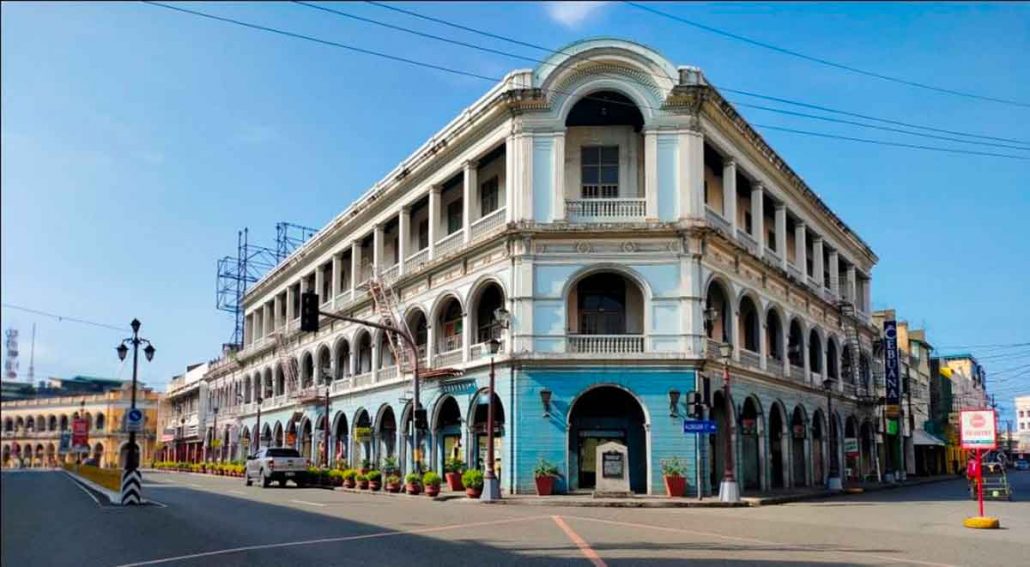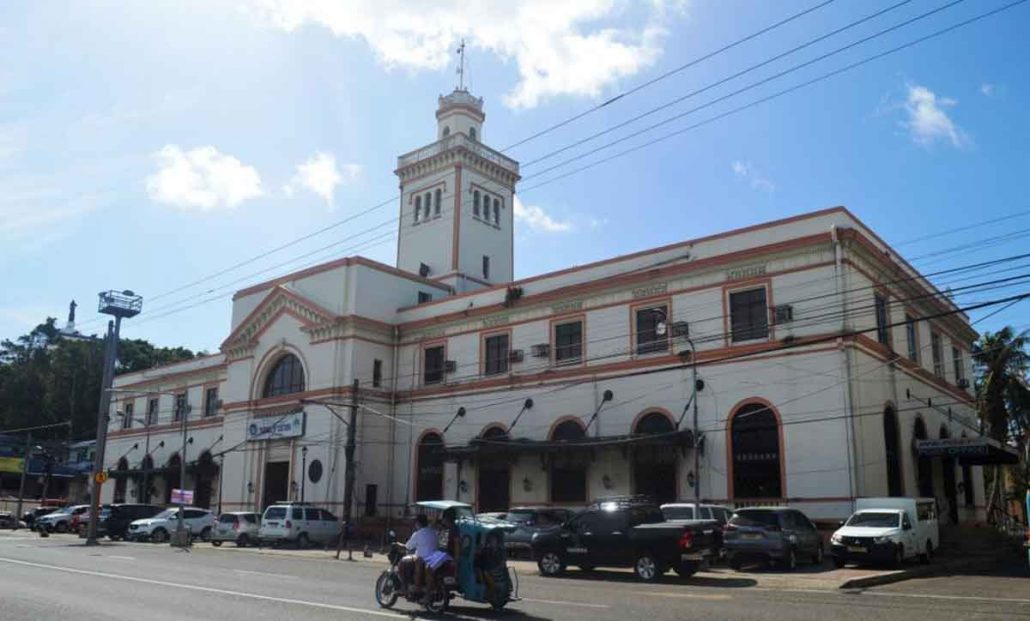
ILOILO City – “Practically a museum of architecture” is how Dr. Kristin Louise G. Treñas, chairperson of the Iloilo City Cultural Heritage Conservation Council (ICCHCC), describes this city’s old business district that old-timers still refer to as Calle Real.
Calle Real is J.M. Basa Street whose both sides are lined with what are now called “heritage buildings” – edifices built at the turn of the 20th Century or the early 1900s.
The most prominent are the Eusebio Villanueva Building (previously, International Hotel) and Javellana Building. The International Hotel used to host American, British, Spanish, and Chinese sugar traders, merchants and bankers, among others.

According to Treñas, students of architectural schools in Metro Manila and from other parts of the Philippines include Iloilo City in their educational field trips to enhance their knowledge on building design and architecture.
“Nagakadto sila sa aton because the whole stretch (Calle Real) is practically a museum of architecture — lain-lain nga eras of architecture exist,” says Treñas.
Other heritage buildings along Calle Real are the S. Villanueva building, Regent Arcade, the former Commission on Audit building or Elizalde Building, and the Bureau of Customs building.

Iloilo also boasts of old, stately houses and mansions. Among the more popular are Nelly’s Garden, Angelicum School, Sanson y Montinola Antillan Ancestral House, and the Lopez Vito House, all in Jaro district; the Molo Mansion and Rosendo Mejica Museum in Molo district; and Camiña Balay nga Bato in Arevalo district.

Nelly’s Garden 
Molo Mansion
Treñas says a building or a house can be considered a heritage if it is over 50 years and historically or architecturally significant.
“It doesn’t have to be a mansion or a building. It can be a kubo but historically significant and architecturally significant…part sia sang aton istorya as Ilonggos,” says Treñas.
To preserve these heritage buildings and houses, the Iloilo City government gives a 50 percent discount to the owners’ real property tax. They have to maintain the paint and façade of the place.
The discount is the government’s way of helping preserve these structures as it is prohibited from footing the bill for the upkeep of private properties.
Treñas is happy that the Ilonggo youth appreciate the heritage sites along Calle Real.
“They are aware of their heritage,” she says./PN





